How to SUP With Kids
Stand up paddleboarding can be a great family activity, but it's not always easy to SUP with kids. To help you out, we've put together a list of tips and tricks to get you started the right way. With our helpful guide, you can make it fun, keep it safe, teach them a few skills, and maybe even spark a lifelong love of paddleboarding! Read on to find out all you need to know on how to SUP with kids.

Paddleboarding with kids is a fantastic way to combine fun, fitness, and family bonding.
The benefits of stand up paddle boarding for kids
There are many benefits to paddleboarding for both you and your little ones. First, it’s an excellent way for the whole family to spend quality time together outdoors. It encourages kids to leave the house, disconnect from screens, and connect with nature. This shared experience can strengthen family bonds and create lasting memories.
Paddle board is also a full-body workout that targets multiple muscle groups. Paddling engages your core, arms, shoulders, and back, while maintaining balance on the board strengthens your legs and improves stability.
Learning to stand on a paddle board or paddle independently is a significant achievement for children. This accomplishment can greatly enhance their confidence and self-esteem. The sense of pride they feel after mastering a new skill can motivate them to take on other challenges with a positive attitude.
SUP board fosters a love for the environment as children explore waterways, observe wildlife, and appreciate the natural beauty around them. This connection with nature can inspire a sense of responsibility towards preserving the environment.
So, grab your paddle board and enjoy a fun and healthy adventure with your family!

Paddling on a paddleboard requires the mobilization of multiple muscle groups in the body, which can greatly enhance a child's total body strength
What’s the Best Age for Kids to Start Paddleboarding?
Wondering if your little one is too young for SUP? Well, the short answer is—it depends! But here’s a handy breakdown to help you gauge what works best by age group:
Toddlers (2-5 Years):
At this age, kiddos are still too young to paddle on their own, but that doesn’t mean they can’t join the fun! The best approach? Tandem paddling—having your child sit in front of you on the board while you paddle.
Look for a wide, stable board with enough weight capacity for two people. Keep it short and playful—think floating, splashing, and simply enjoying the ride together in calm, shallow waters. The goal here is to make it a positive, cozy experience, not about learning technique.
Young Kids (6-9 Years):
Once kids hit around six to nine years old, they usually start craving more independence—and yes, they can start trying their own paddleboards!
This is where Thurso Surf’s Prodigy Junior Paddleboard really shines. It’s specially designed for younger paddlers—lighter, shorter, and easier to control. At this stage, kids can try kneeling first, then gradually stand up as they gain balance. You’ll still want to stay nearby to lend a helping hand or simply cheer them on.
Tweens & Teens (10+ Years):
By age 10 and up, many kids are ready for more advanced boards and longer paddling sessions. If they’re comfortable in the water and have some paddleboarding experience, they can move up to something like the Thurso Surf Adept Paddleboard.
The Adept is slightly larger and built for older kids and teens—offering a perfect balance of stability and performance as they gain confidence and start exploring on their own. Adjustable paddles are a smart choice at this stage, too, since kids are still growing.
Tips for Paddle Boarding with Kids
Safety First
When taking kids out paddleboarding, safety should be at the top of your mind. Stand up paddling takes place on the water, and there is a high possibility that your child could fall in during your trip. Instilling smart paddling practices at a young age will stay with them for life. The rules of SUP safety for kids are easy to follow.
Life Jacket
A life jacket is an essential item for any child participating in water sports. In fact, most regions require kids under a certain age to be wearing a life jacket by law. There are many options available in a variety of styles, patterns, and colours. Get one that is properly fitted and comfortable to wear.
Swim Skills
Even with a life jacket, it's crucial for kids to be comfortable in water. Knowing how to swim or at least being able to tread water is a valuable skill that builds confidence. Preparing your children by playing games in shallow water or taking them for a swim before hitting the paddle board can make a big difference. Check your local YMCA or community center for swimming lessons.
Location
When going for a SUP with the little ones, you’ll want to choose a kid-friendly location. Bring them somewhere that is sandy and sheltered, like a beach, lake, or cove. Ideally, the water will be calm and there will be little-to-no obstructions under the surface of the water. Also, consider a location that provides lifeguard services like a public beach or community park.
Sun Protection
If you plan to be out in the sun, don’t forget sun protection! A bad sunburn can quickly turn a fun day into one you’d rather forget. Sun protection comes in different forms; consider a hat, rash guard, and/or sunscreen. Use sunscreen that is waterproof and don’t forget to reapply regularly.

With a hat, lifejacket, rashguard, and leash, your kid is ready to SUP safely.
Common Mistakes to Avoid
Let’s face it—stand-up paddleboarding with kids can be unpredictable. But hey, that’s part of the adventure, right? Still, a few common mistakes can easily turn a fun day into a frustrating one. Here are the top mistakes to watch out for (and how to avoid them):
- Ignoring the Weather
This one’s a biggie! Many parents forget to check wind, current, and weather conditions before heading out. Even a light breeze can make it hard for kids to paddle—or worse, push you farther from shore than you planned.
Solution: Always check local weather apps or water safety alerts before your trip. If winds are strong or the water looks rough, it’s better to reschedule.
- Pushing Kids Too Hard, Too Fast
It’s natural to want your child to learn fast, but rushing the process often backfires. Forcing kids to stand before they’re ready or paddling too far from shore can quickly zap their confidence.
Solution: Take it slow—let them explore at their own pace. Even just sitting and splashing on the board is a win in the beginning!
- Forgetting Snacks Hydration
Trust us, nothing ends an outing faster than a hungry, cranky kid! SUP takes more energy than you might think, especially in the sun.
Solution: Always bring plenty of water and easy, mess-free snacks like fruit, granola bars, or juice boxes in a waterproof bag.
- Not Planning Rest Breaks
Kids may have tons of energy—but they also tire quickly, especially under the sun.
Solution: Plan to take regular breaks. Stop for a swim, float near shore, or relax on the beach for a bit before heading back out.
- Underestimating the Power of Fun
Sometimes parents focus so much on “teaching” that they forget to let loose and have fun.
Solution: Keep it playful! Games, splashing, silly races—whatever gets them laughing will make them love the sport even more.
How to get started stand up paddleboarding with kids
Practical Paddling Tips & Fun Techniques
When it comes to paddleboarding with kids, the key is to start simple, stay playful, and focus on building their comfort on the water.
For younger children, tandem paddling is the easiest way to begin. Have your child sit or kneel near the front of the board while you paddle from the back. Start off by kneeling yourself to keep steady, and only try standing if the water is calm and both of you feel ready. Practicing together in shallow water is a must—help them climb onto the board near the center handle, then get on yourself. When getting off, you step down first to stabilize the board.
Once you’re both on board, keep the mood light! Let your child splash around, look for fish, or just enjoy the ride. Don’t stress about teaching perfect paddling strokes right away—focus on making it fun. Over time, you can introduce playful challenges, like balancing games or simple paddling moves.
One essential skill to practice early on? How to fall safely and get back on. Teach your child to fall away from the board like a starfish and to climb back on from the center handle—just like getting out of a pool. Make it a game! Kids love making big splashes, and turning “falling off” into a fun activity helps them feel confident on the board.
 Teach your child basic paddling techniques. They don’t have to be perfect; the goal is to get them moving and having fun.
Teach your child basic paddling techniques. They don’t have to be perfect; the goal is to get them moving and having fun.
Set Some Rules
SUP is super fun but young ones also need to understand that using a paddleboard comes with certain responsibilities. Let kids know what is ok and what isn’t when using the equipment. For instance, sitting and standing on the board while it is in the water are both ok. Jumping on the board on land and waving around the paddle is a no-no. If they are old enough to take the board out on their own, let them know where it is safe to paddle; pick landmarks that visually indicate the boundary, such as buoys, flags, or lifeguard stands. They should always be in your range of vision.
Add on Some Accessories
There are many fun and helpful accessories that will make your SUP excursion even better for kids! A kayak seat can easily clip onto your board so your kids can use it as a sit-on-top SUP kayak. This is especially great if the only board available is an adult-sized one. A waterproof deck bag comes in handy to pack food and drinks for longer excursions or days at the beach. Who wouldn’t get cranky without the occasional snack and juice box? Finally, consider getting an electric pump. Kids aren’t always able or willing to manually pump boards, so an electric pump will be the extra hand you need, letting you focus on getting ready for your great day on the water.
 It’s always snack time on board with a deck bag
It’s always snack time on board with a deck bag
Emergency Tips & What-Ifs
Even with the best planning, unexpected things can happen while paddleboarding with kids—but don’t worry! Staying calm and knowing what to do makes all the difference. First and foremost, always keep an eye on the weather. If strong winds or storms roll in, kneel on your board for better balance and calmly paddle back to shore. Teach kids to stay seated on their board if separated, blow their whistle, and wait for you to reach them—never panic or try to swim far on their own.
If your child falls off the board (which is normal), remind them to fall away from the board and climb back near the center handle. If they’re too tired, scared, or can’t paddle anymore, help them rest by sitting or lying down on the board, or gently tow them back to shore. Always secure your gear with leashes or waterproof bags to avoid losing essentials. A simple safety talk before each trip—like whistle signals, paddle boundaries, and sticking with the board—goes a long way toward keeping everyone safe and confident on the water.
SUP with Kids; It's the Best!
tand Up Paddleboarding with kids blends fun, fitness, and family bonding into one enriching activity. By preparing well and having the right gear and mindset, you can create unforgettable water adventures that your family will treasure. Remember, the goal is to have fun and nurture a lifelong love for water in your kids. Grab your boards, hit the water, and enjoy every splash and laugh along the way. Ready to start your paddleboarding adventure? Pack your gear, grab the kids, and make some amazing splashy memories together!


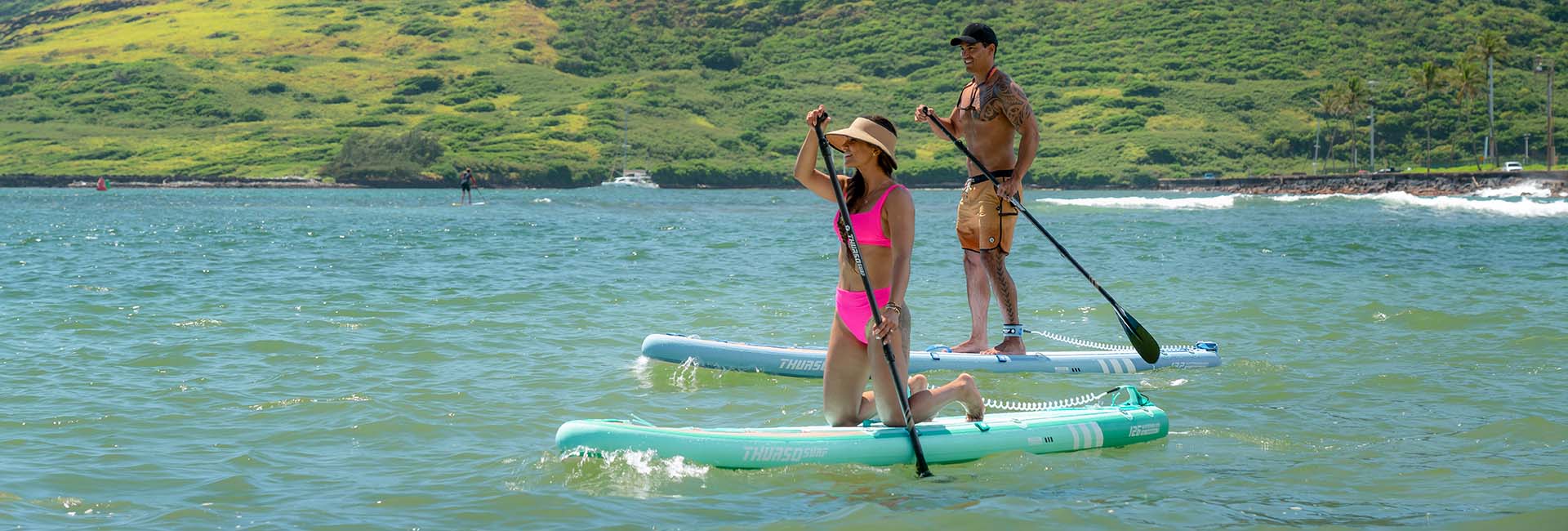
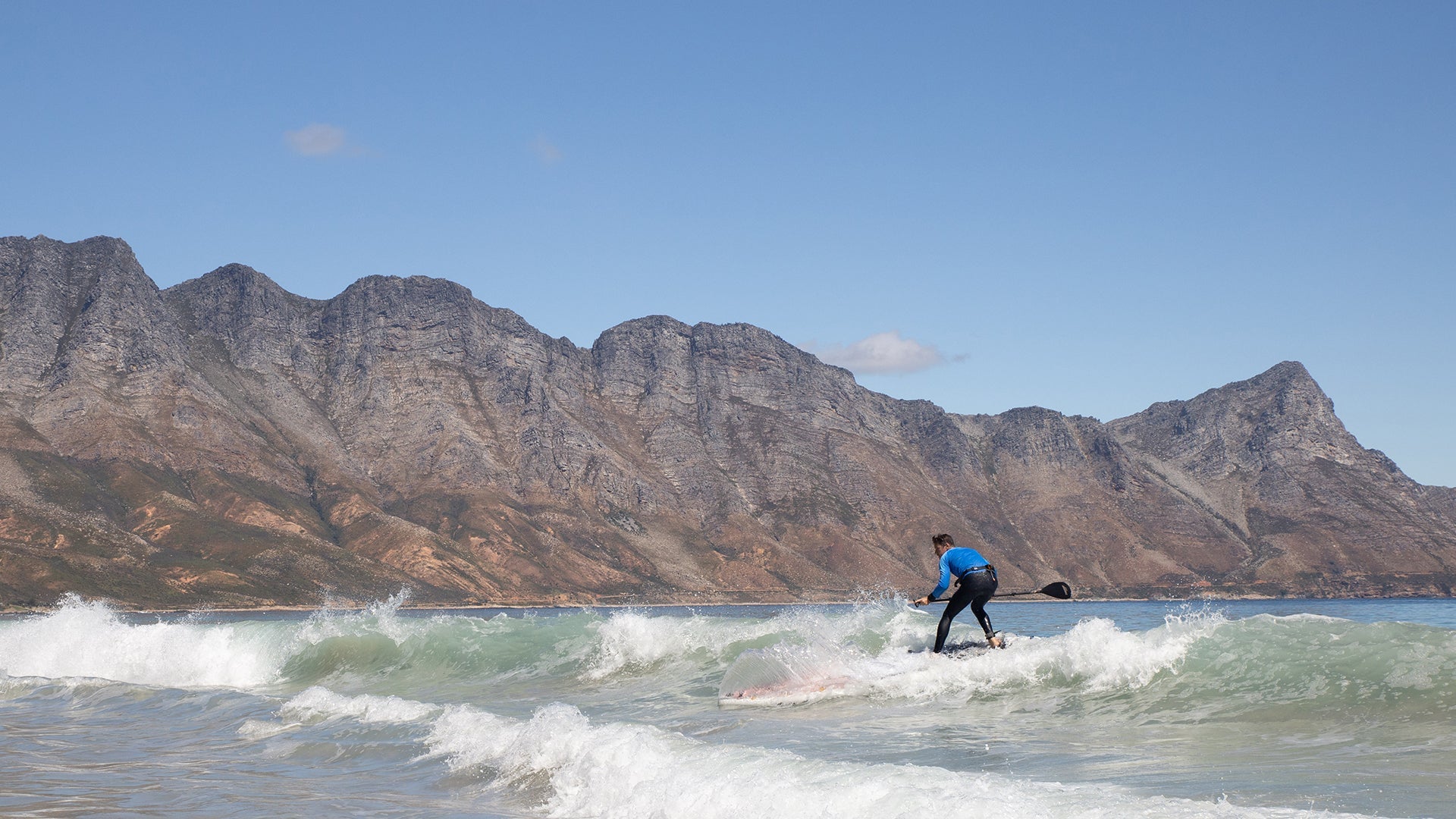
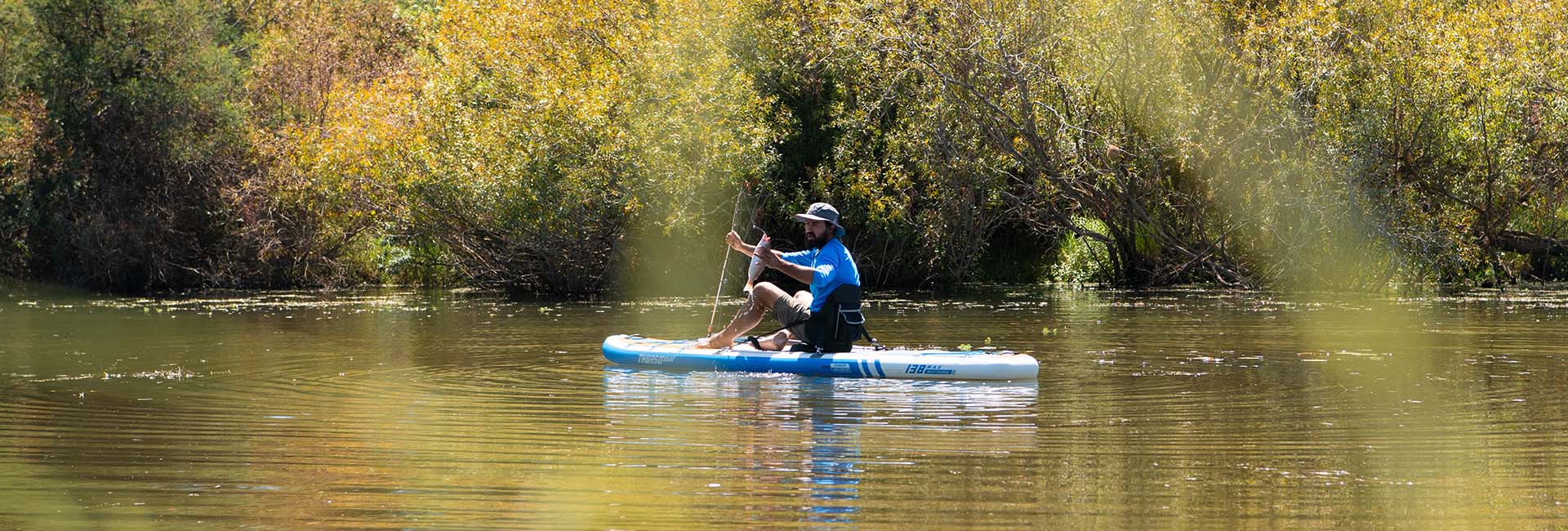
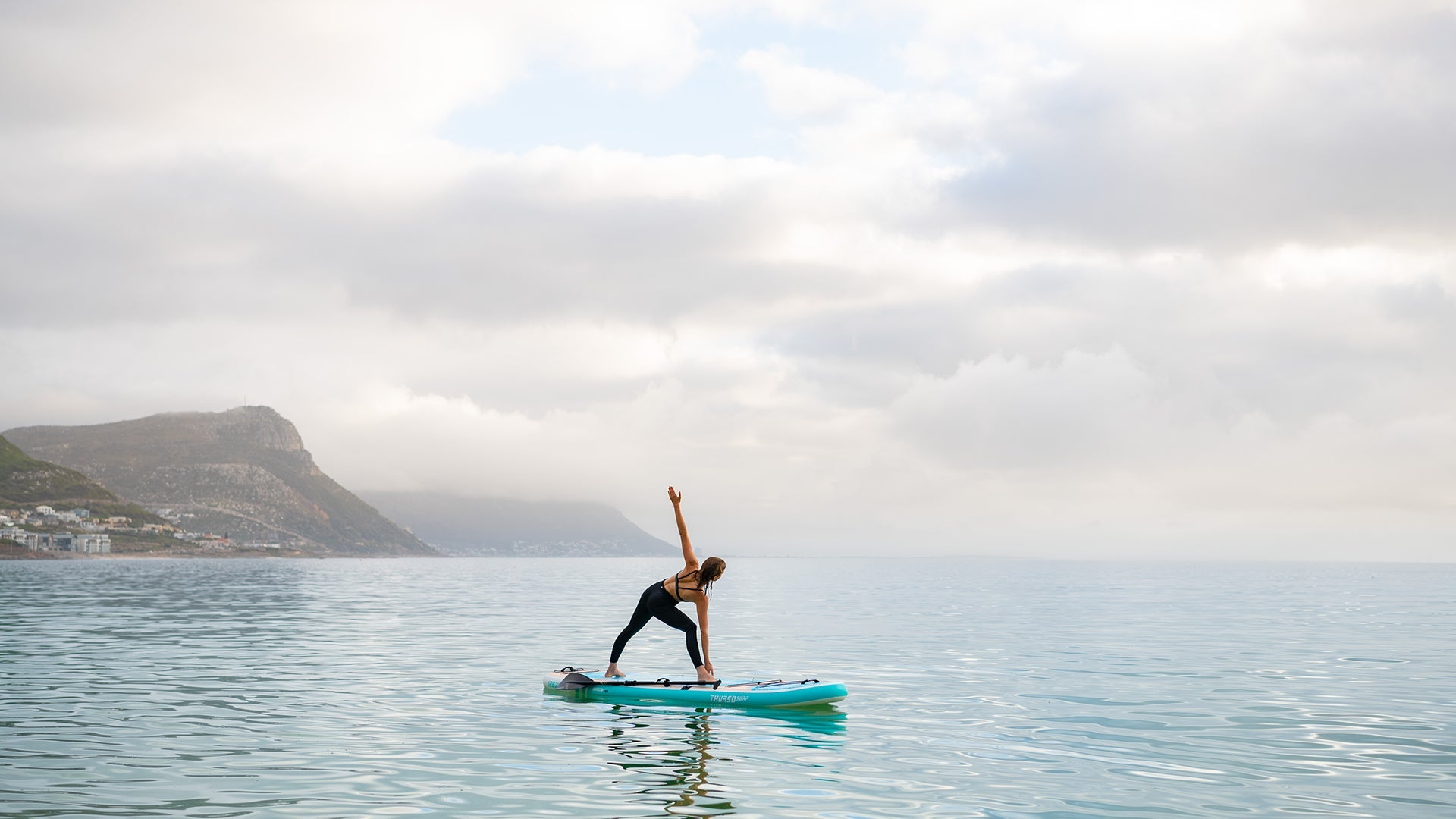
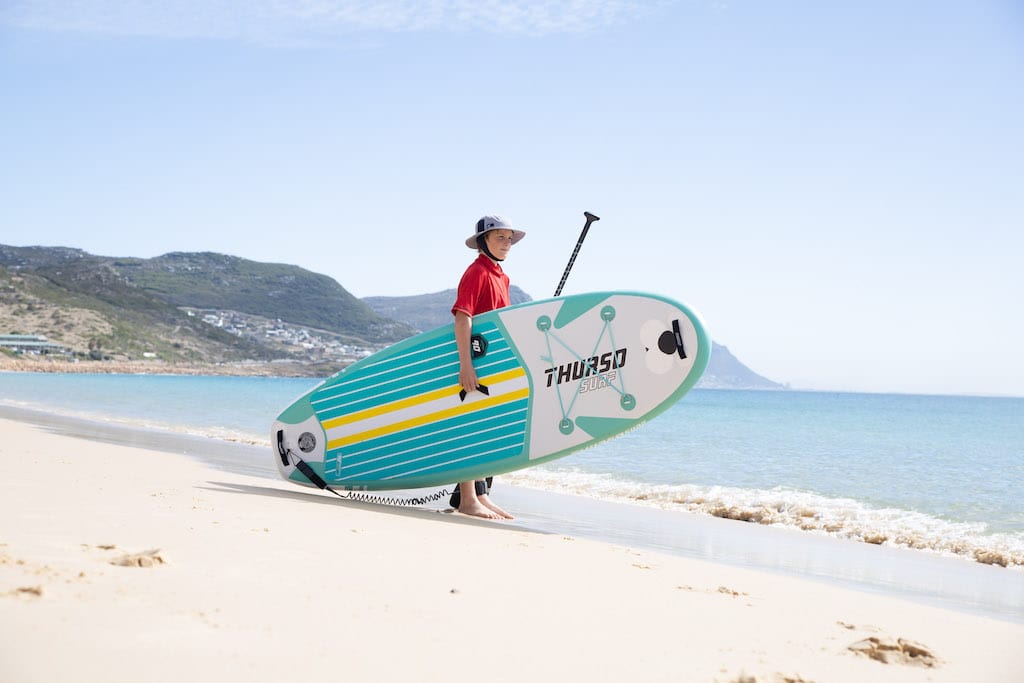
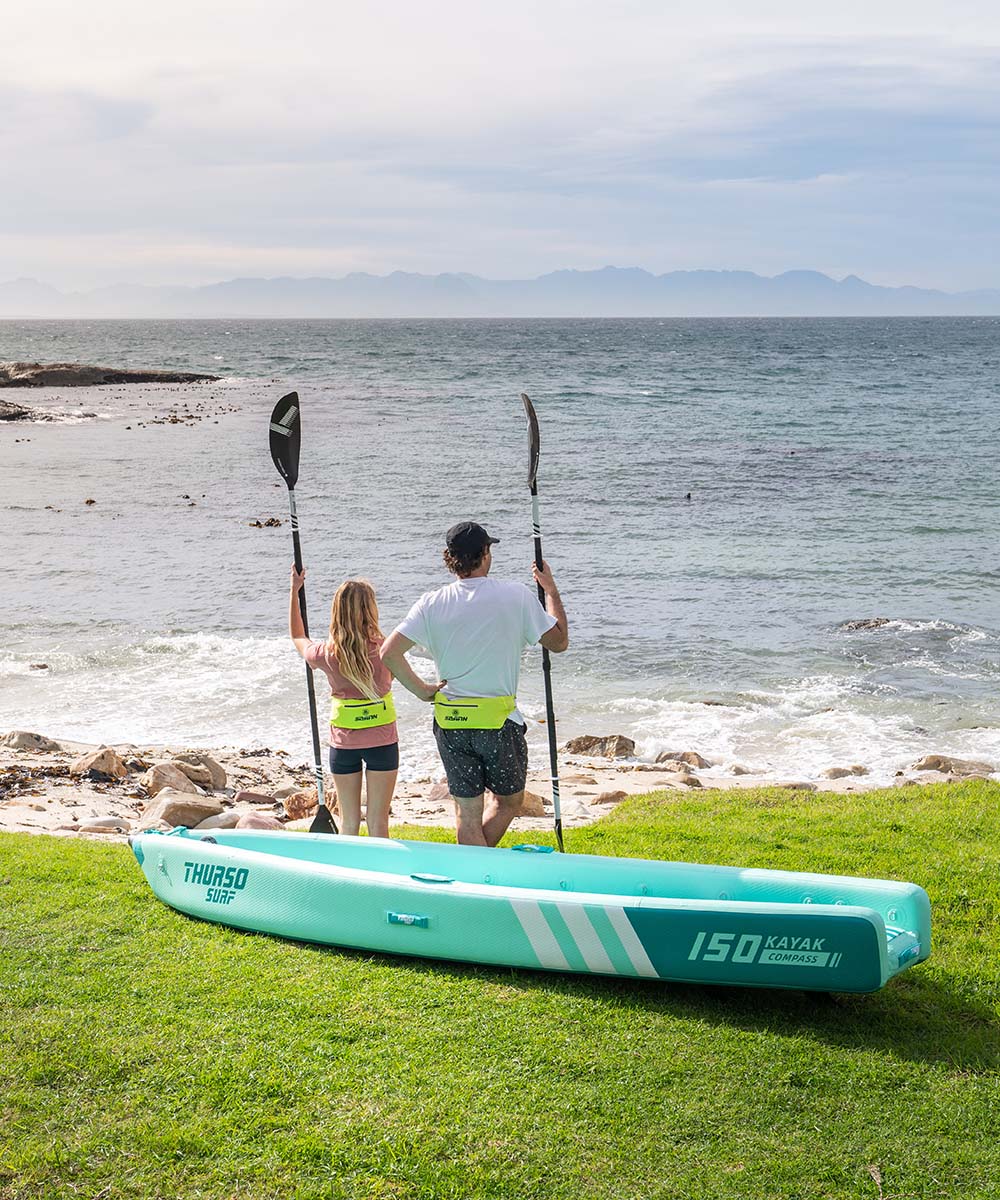
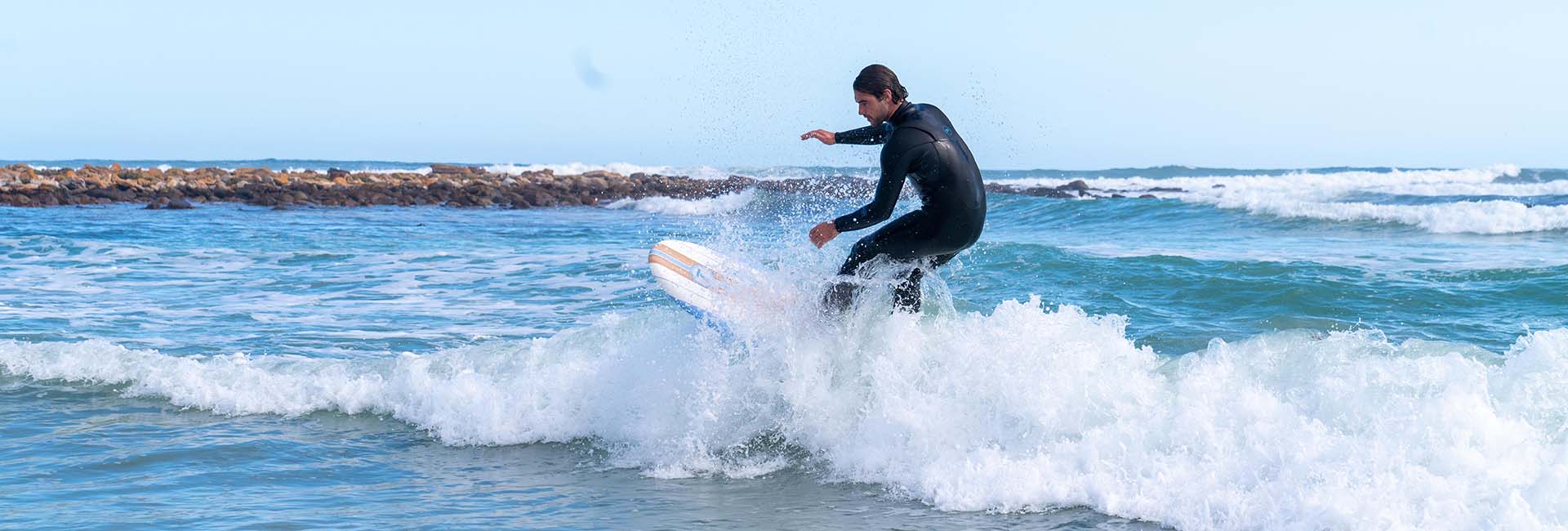
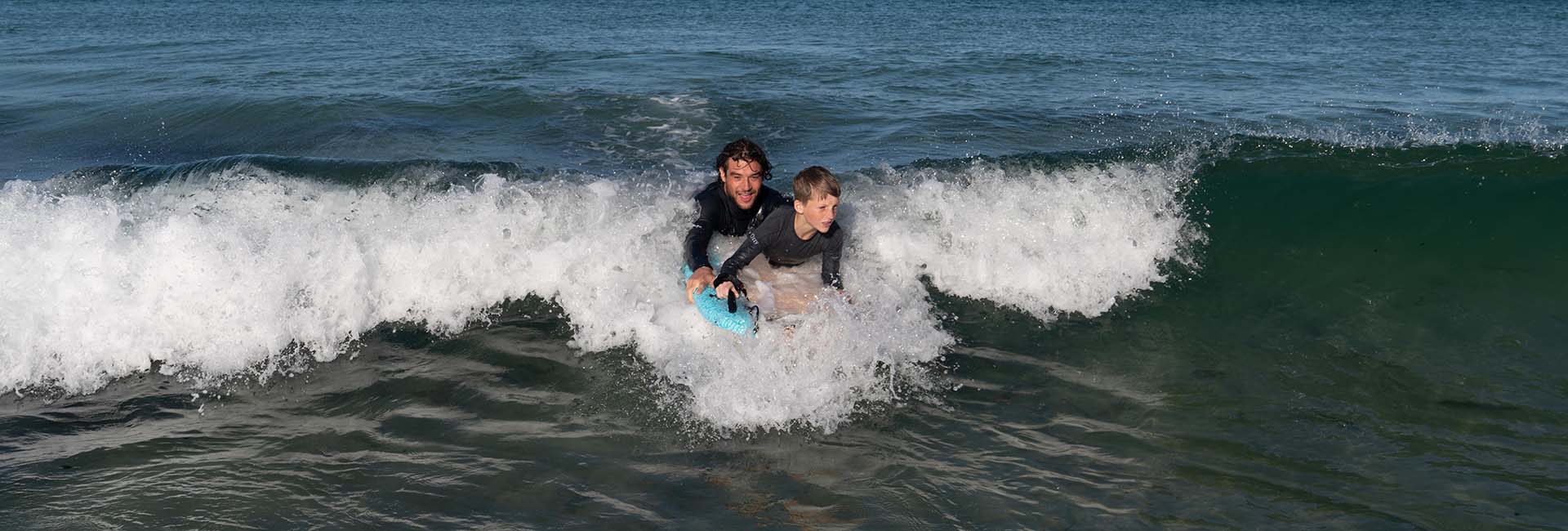
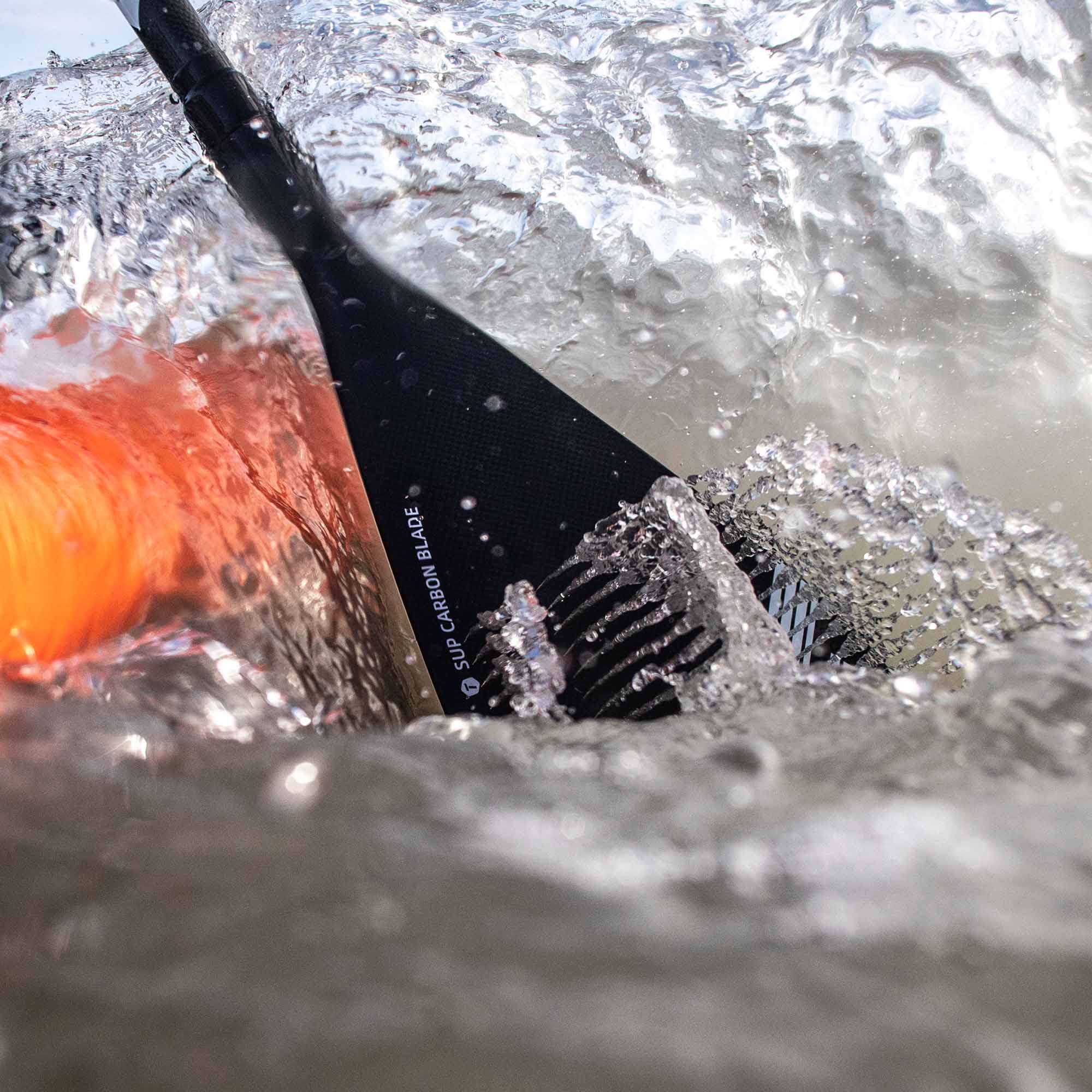
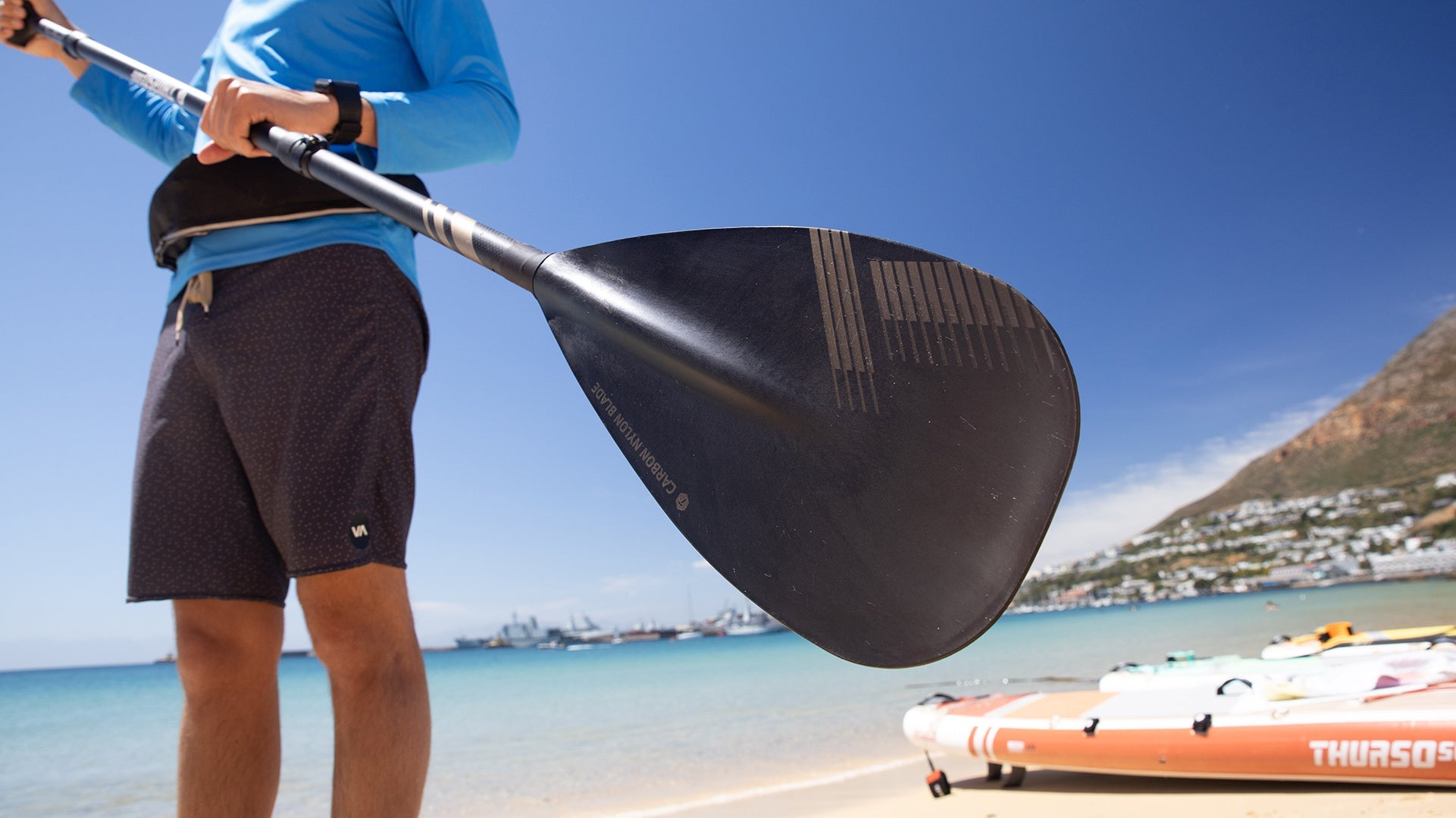
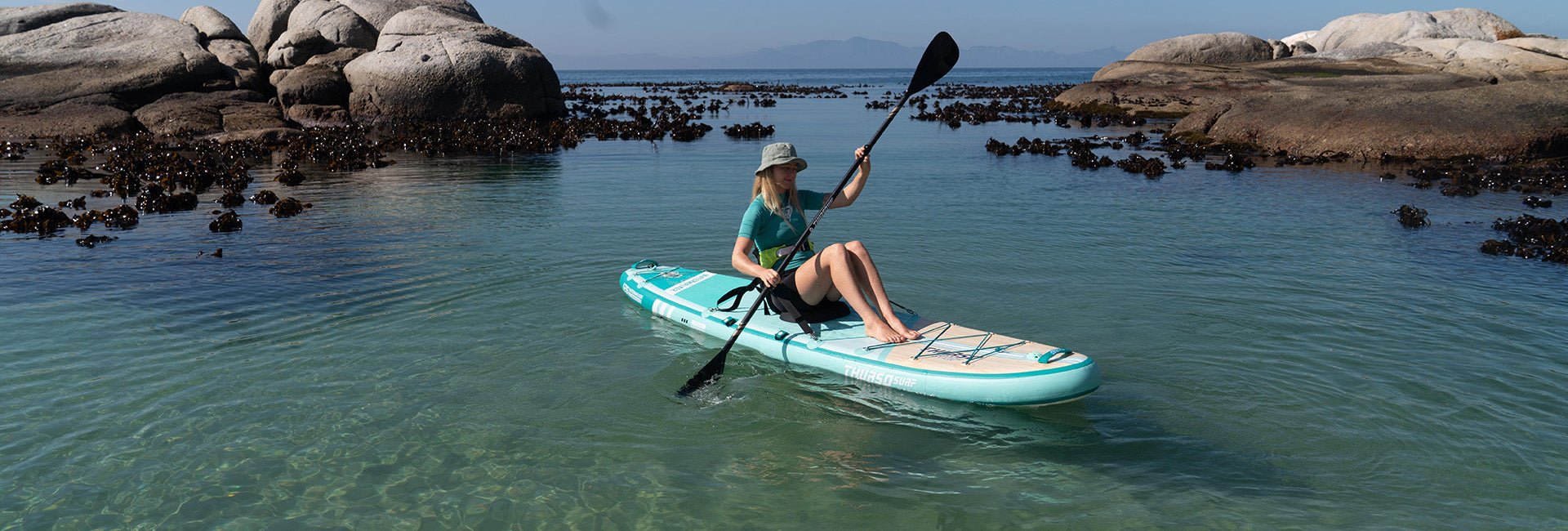
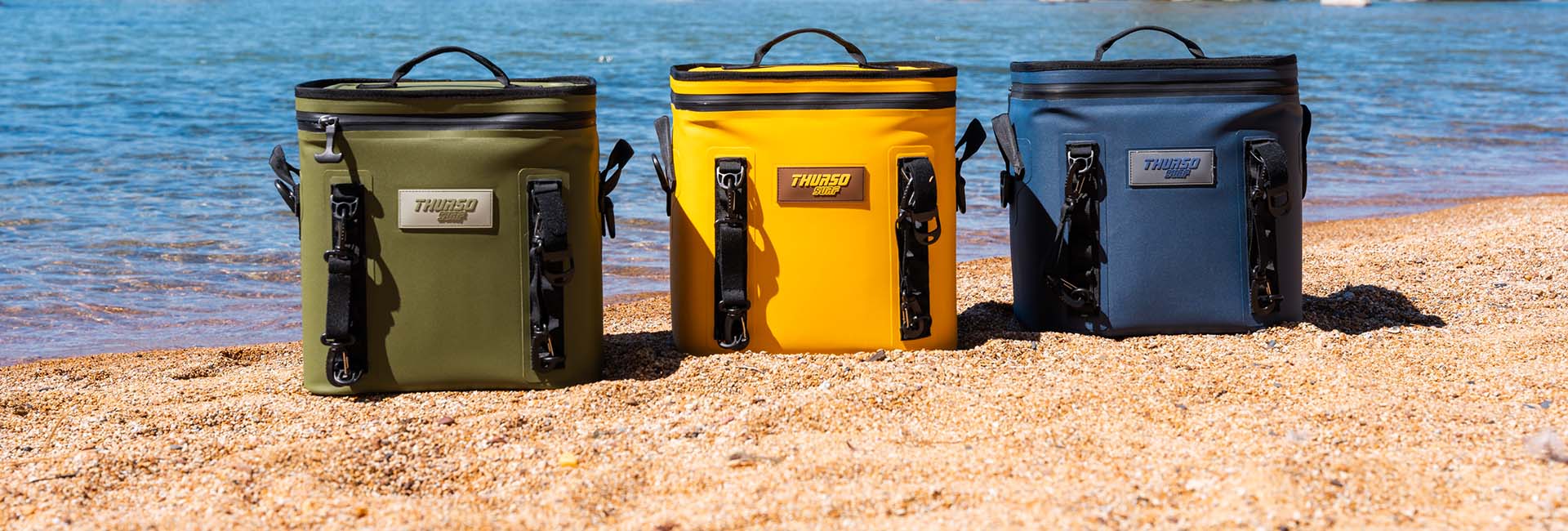
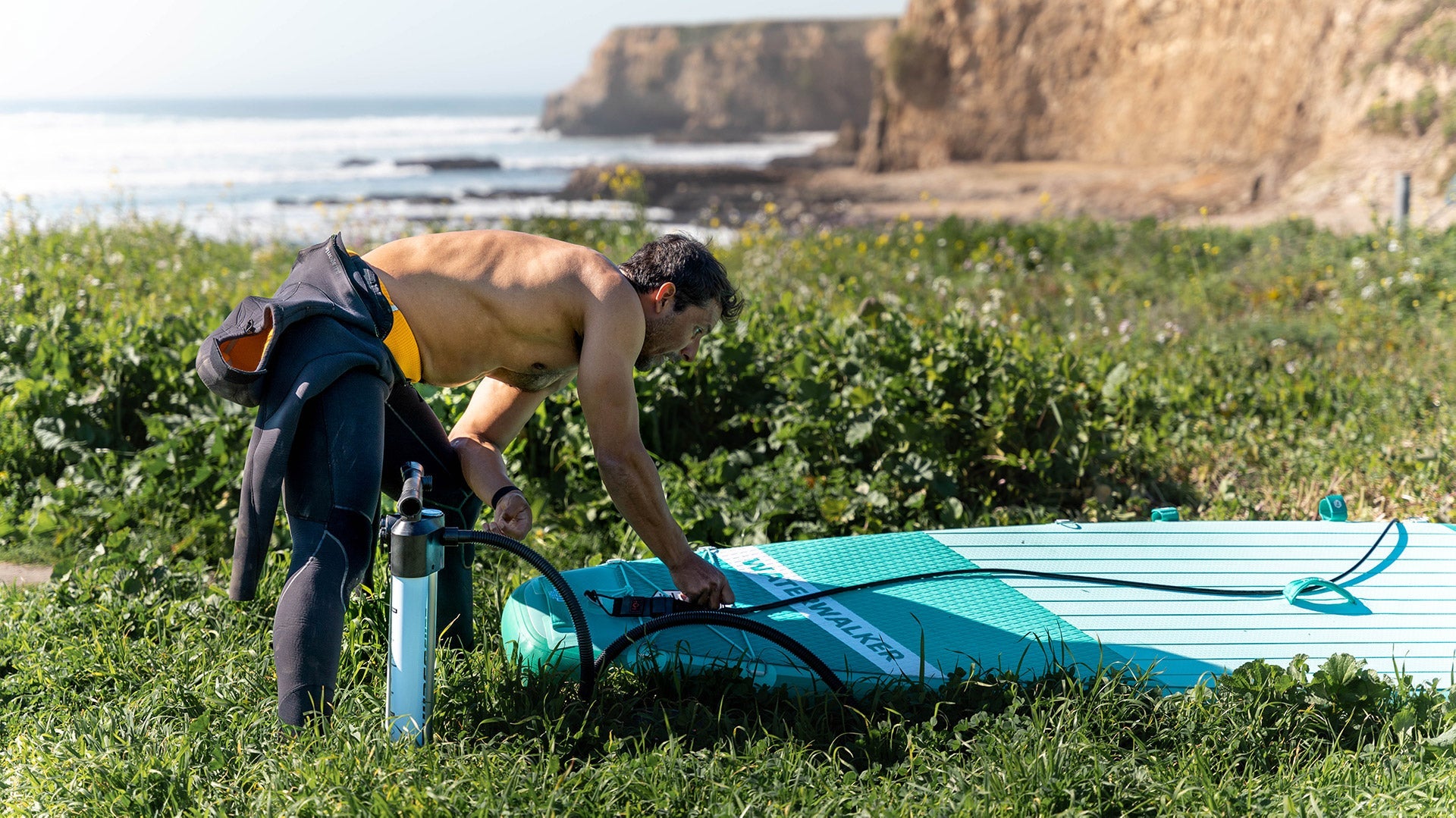
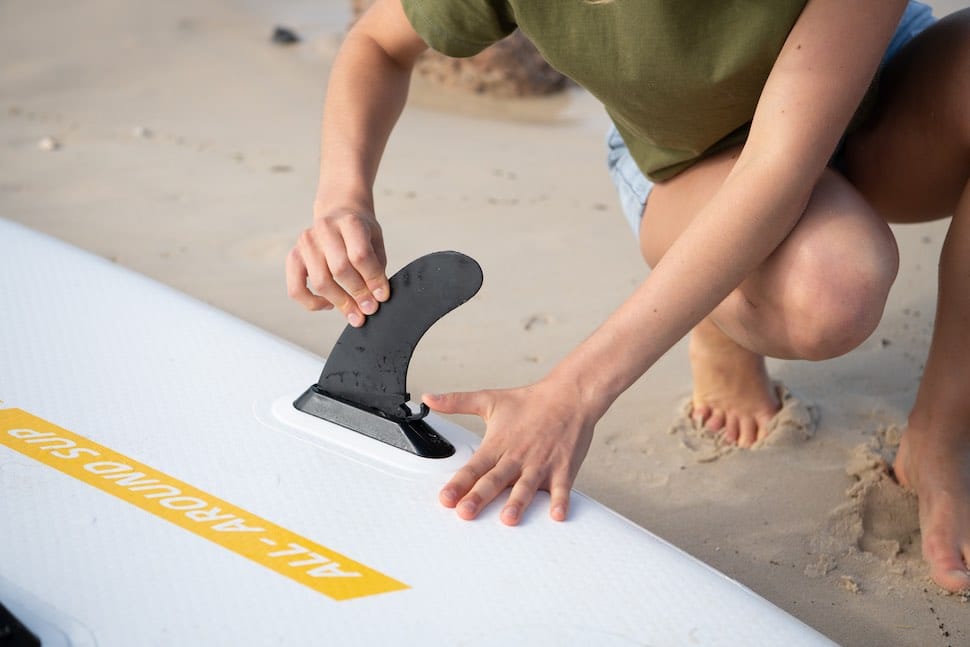
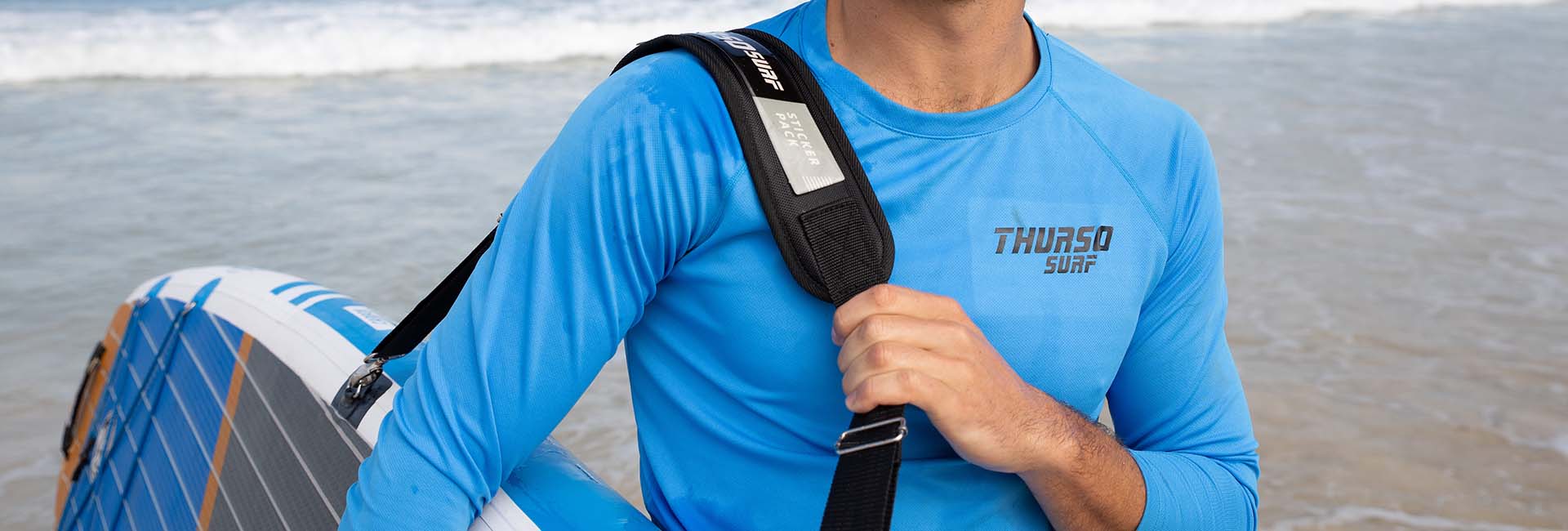



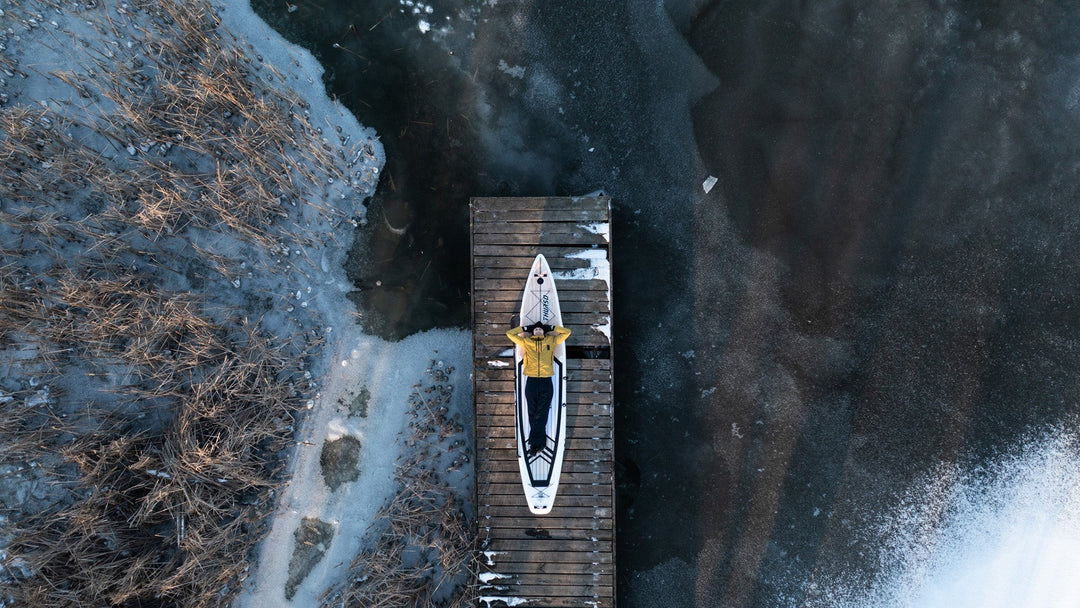
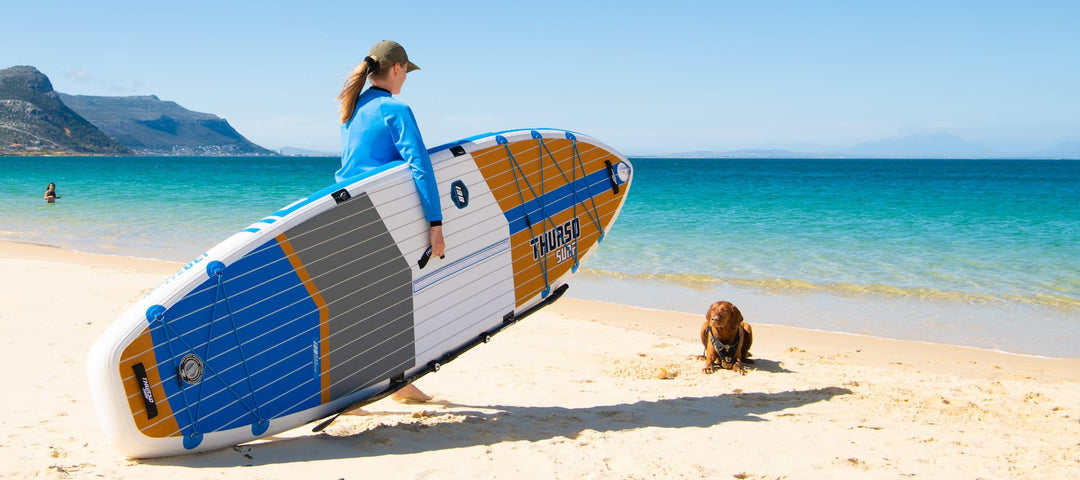
Leave a comment